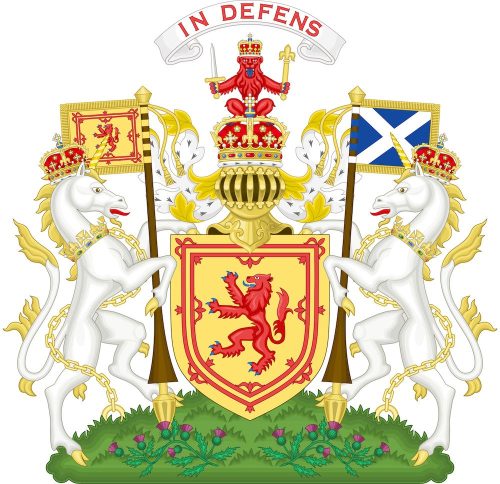Since the 11-17th Centuries, family crests and coats of arms have been considered powerful symbols passed down through generations. They are still meaningful reminders of family past, present, and future. The symbolism of coats of arms explains the ancestors’ achievements and status in society and is used to identify families or individuals that include the following:
Shield: the shield is the centre of the design and the only necessary piece when designing the coat of arms.
Crest: this symbolic object sits atop the coats of arms.
Helm: A helmet rests below the crest but above the shield and reflects heraldry’s origin. A crown could replace the helmet.
Wreath: the wreath is a rope representing the silk or rope used to tie a crest to a knight’s helmet.
Mantling: the mantling is a piece of cloth that flows out from the helmet and protects a knight’s armour.
Supporter: a pair of people or animals stand on opposite sides of the shield and support it. They are typically local figures and used for nobility.
Compartment: the compartment is a basic design on which shields and supporters rest.
Motto: the motto is displayed on a ribbon either below or above the rest of the design.
The Real Truth of Coats of Arms
A coat of arms is a design of the shield of a medieval knight in 11th century A.D. and chronicles the Norman invasion of England, which was unique to an individual. The individual had only rights to the coats of arms during his lifetime and was allowed to pass them down to his descendants, and they became the family coats of arms.
In the 12th Century, many knights and minor feudal lords’ usage of coats of arms became common. Within another century, families used coats of arms as the family logo and sewed arms onto flags that flew above their castles and manors. People from the highest classes used coats of arms, and only one ancestor was distinguished enough to have been granted them by the kings of the time. The laws and customs governing who had the right to use them varied by country, and only the aristocracy could use them in Europe. In Germany, both aristocrats and free citizens could be granted to use them.
Only the person who was originally granted the coats of arms could use them as it was in England and Scotland. The coats of arms were made hereditary in England by King Richard I. in the 13th Century, each generation’s first crusades had to change the coats of arms to distinguish it from the previous generation. Women were also allowed to bear their coats of arms.
Throughout the centuries, the use of coats of arms was governed mainly by custom; a few places in England did have regulations to use them. Today, the usage of coats of arms is more likely regulated and trademarked. Sometimes, England and Scotland’s authorities grant and regulate the use of coats of arms to new families and individuals.

